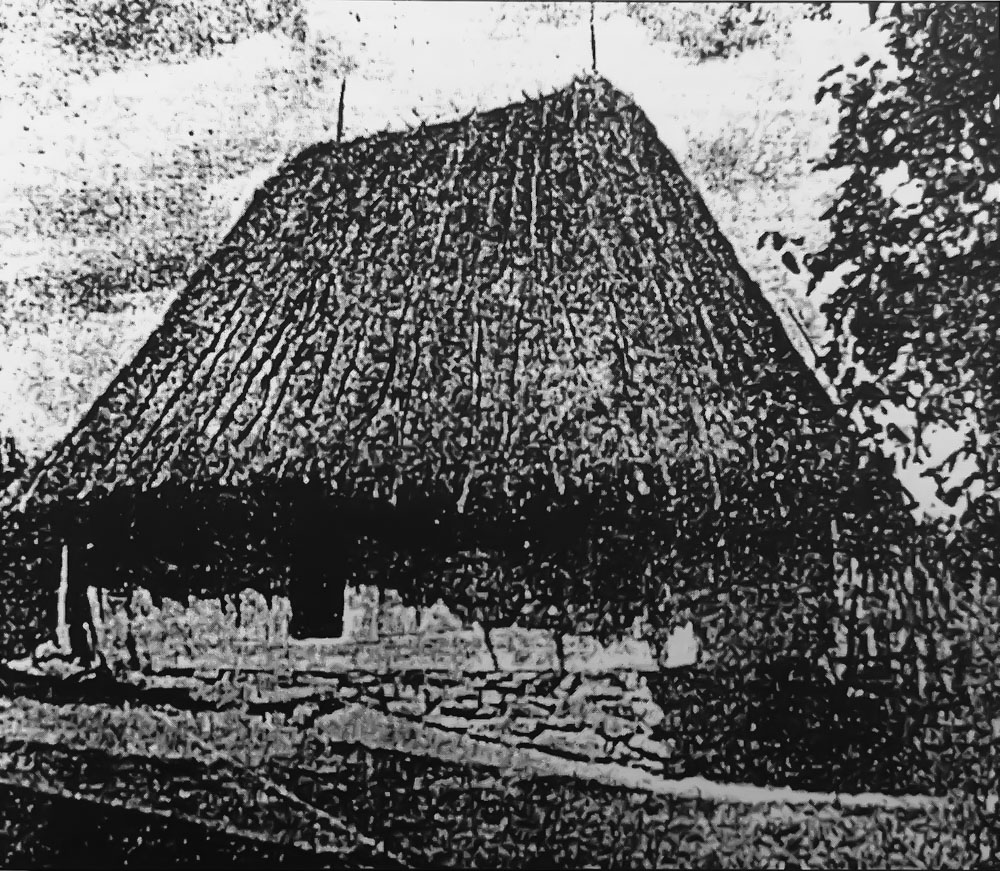
Before the Timok Region’s liberation from Ottoman Empyre’s rule in 1833 the schools were attended by future priests and monks. This education mainly took place at the monasteries in Grlište and Suvodol, as well as at the priests’ school by “Đak Toša” in Zagrađe. After the liberation, those schools become secular schools but we lack historical details about them.
The first secular primary school in Zaječar was founded in 1830 with 15 pupils from Zaječar and surrounding villages. It was located at the mud-house at “grandpa’ Jovan’s yard”, where we find today Primary School “Ljuba Nešić” and church yard. The school was private and it was founded through monthly students fees and donations. The first teacher was Sava Jovanović who was also the first priest in Zaječar and, as a famous church singer, he thought children mainly reading and singing, and less writing. After him came Paja Živković from Srem (1831-1832). During his time the school was moved to another mud-house with two rooms where Police Station is located today. Teacher Paja also lived in this house and he taught pupils to read, write and calculate.
The first municipal, later state primary school in Zaječar was open in 1833 immediately after the liberation. At the place of the old mud-house a new larger wooden one was built, with classrooms, corridors and offices. It was located at the later place of church shops, or present-day’s church park. All citizens paid the taxes to support the school and in 1835 it became a state school, hence the municipality took over its funding. Already next year the school had two teachers - Zaharije Zavišić and Pavle Marković, younger and older classes and 67 pupils. The new School Law in 1844 prescribed four-years schooling of children in towns and three years in villages; children were to begin school at age seven, the girls attended schools together with boys in villages up to ten years, while they were educated separately in towns.
The first Zaječar primary school for girls was opened in 1855 with teacher Ekaterina Kostić from Kovin and was attended by 20 pupils. This school developed quickly and very soon had almost the same number of pupils like the boys’ one. In 1897 Girls’ Primary School was given a new building – present-day building of special school “Jelena Majstorović” and music school “Stevan Mokranjac”.
Serbian-Turkish wars from 1876 to 1878 brought a significant damage to Timok Region, especially Zaječar and surrounding villages. From 32 schools that were burned down in Serbia, 13 were located at Zaječar municipality. The collected material for the new school building planned to be built at present-day school “Desanka Maksimović” was burnt and scattered all over Kraljevica by the Turkish army. All this significantly slowed down the development of education in the region, therefore Zaječar had to wait the beginning of the 20th century to become one of the leading towns in Serbia regarding education.
It is interesting to learn that the schools for girls were a particular trait of eastern Serbia: in 1900 from 165 schools for girls, 81 was located in Timok Region, which strongly influenced emancipation of women.
During this time, Zaječar was also particular for numerous evening schools whose function was to educate people of different age in agriculture, crafts, household and practical knowledge necessary for everyday life.
Another interesting historical fact is that the teachers in Zaječar made their mark in history of Serbian education for introducing handiwork in boys’ education in 1895. Being part of the advanced pedagogy and theory, they recognized the significant role this had in psychological and physical development of children, hence four years later (1899) handiwork was introduced to all educational programs in Serbia.
Zaječar Gymnasium was the first and for a while the only high school in eastern Serbia, and it was founded in 1836 under the name Main School, at the same time with the gymnasiums in Čačak and Šabac (before this, there was only one high school in Serbia – in Kragujevac, founded in 1833). In the first year, it had two grades: 7 pupils in the first one, and already next year 13 pupils in two grades. The first teacher was Živojin Kerečki, one of the best teachers in Timok Region. It was located in a newly built building in the church yard, together with the primary school. After the Timok episcopy was relocated from Zaječar to Negotin in 1839, the Gymnasium was also moved to Negotin. During two decades (1839-1859) there was only a primary school in Zaječar. Nevertheless, during his return to take over the power, the exiled Prince Miloš passed through Zaječar, and promised to return the Gymnasium back to Zaječar. Following his official decision on February 22, 1860 the Gymnasium was returned to Zaječar. Stojan Bošković (1832-1908) was the first headmaster of the Gymnasium, from 1860-62, where he also taught geography and German language, and as a great professor was moved to the Great School in Belgrade where he taught history, and later become the Minister of Education and a diplomat in several European countries. In this period, the Boys’ and Girls’ Primary Schools were moved to private houses, while the Gymnasium was moved into their building.
The Gymnasium had four classes and worked until 1866-67 when it was relocated again to Negotin. This “fight” over the only high school in the Timok Region underlines the need for more high schools in the region, hence a Gymnasium with two grades was opened in 1869 in Zaječar. During the Serbian-Turkish Wars (1876-78) the school was shut down and the building was used for the wounded soldiers, while many citizens were forced to flee Zaječar during the war. Many primary schools in the region were burned down, while the collected material for the new school building in Zaječar was stolen and destroyed. The flames destroyed the significant books in the Gymnasium library as well as in the City Reading Room.
In 1879, after ten years of existence, the school got one more grade, and in 1880 had four grades in total, reaching the rank of a lower gymnasium. In 1881 the Reading Room has been founded in the school which even surpassed the school in spreading the modern ideas among many generations. In 1885, by skillfully using the legal procedure, Zaječar representatives in the Serbian Parliament managed to outbid Negotin and receive a written Decision for the founding of the complete gymnasium. Therefore, the first graduation took place in 1888. At that time, there were only 5 complete gymnasiums in Serbia (I and II in Belgrade, in Kragujevac, Niš, and Zaječar). Since 1891/92 the gymnasium in Zaječar had 8 grades and remained the same until 1951. A very significant event in the history of the Gymnasium was the erection of the new school building in 1892, which was opened in 1893. The Gymnasium become one of the most important educational institutions until World War I when it had 423 students.
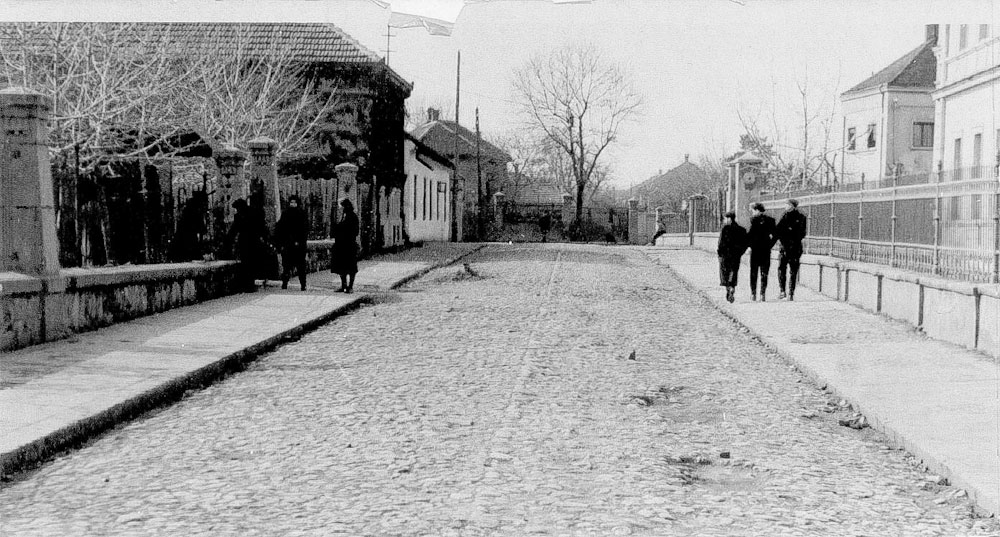
In 1904 Boys’ Primary School was given a new, impressive building, the building of present-day school “Desanka Maksimović”. It is important to mention that in the period from 1906 to 1912 there was a Private Girls’ Gymnasium in Zaječar, since girls were not allowed to attend the school with the boys. In the last year, this school had 6 grades and 90 students, when the law changed and girls were allowed to enroll in the state Gymnasium, after the victory of coeducation over conservativism.
During World War I, the Gymnasium was closed down, while the Bulgarian occupying army robed all classrooms, took all the educational tools, furniture, equipment and books. It took a long time to fix the destroyed parts and replace the stolen things; nevertheless until 1938, with 882 students, Zaječar Gymnasium became again one of the most important institutions in the Timok Region.
During World War II and the organization of the Peoples’ Uprising and revolution, Gymnasium students had a prominent role. During occupation, a communist organization secretly worked in the Gymnasium, while the arrests and executions of the communists did not stop anyone from joining in.
From the schools for special training, the first one to be founded was the Lower Agrarian School in 1906, as part of the plan to develop agriculture. It existed until 1949 and was located at the present-day Institute for Agriculture. The school owned 80 hectares of land at the south slopes of Kraljevica which was always impressively kept, and from 1910 it had a modern school building with the boarding school. The education lasted three years and students were taught fruit growing, wine-growing, stock farming, vegetable gardening and economy. The theory was accompanied by practical tasks that were often physically demanding. In 1945 the government of the new Republic of Serbia transformed the school into a stock farming school, joining 4 other schools in Serbia that became specialized schools. Nevertheless, the school with the 40 years of reputation in practical education of agrarian experts did not survive this transformation; due to the lack of students, it was closed down in 1949 and its property with the school building were given to the Institute for Agricultural Research.
From 1898 to 1904 there was also a Girls’ School in Zaječar, but there are no reliable sources to prove it was replaced by the Girls’ Crafts School before World War I, and which worked from 1920 to 1948 according to some. In this school, the future wives of bourgeois families were educated, beside general education, in theory and practice of dressmaking, sewing, housekeeping and home economy.
After several unsuccessful attempts, Zaječar Trade Youth realized the decision to found a Sunday Trade School in 1903. It had three grades and worked until 1905. Only after the support from the Serbian Trade Ministry and Belgrade Trade Youth, the school was reopened in 1910 as evening School of Crafts and Trade, and worked until World War I in 1914. After the war, two separate three-year schools in trade and crafts were founded in 1921. In 1934 the Crafts School became a Specialized Extended School, while the Higher Trade School worked only from 1942 to 1943.
The first kindergarten in Zaječar was founded on December 12, 1928 and from 1929 until World War II it worked as part of the Girls’ Primary School, taking care of boys and girls aged 5 to 7. The Municipality provided electricity, Đorđe Genčić wood for the heating, while the brotherhood of the Bukovo Monastery supported it financially monthly. Parallel to this kindergarten at the primary school, there was also a private one organized by the Catholic priests for the immigrant children. During World War II the building of the Girls’ Primary School was burned down, hence the kindergarten became part of the school “Milenko Brković – Crni” (today “Desanka Maksimović”).
It is important to mention that there were also some attempts to start art schools such as the four-years Painting School in Zaječar (1923-29) which evolved from the painting section of the Society for Fine Arts, and which had a painting studio at the main hall of the primary school. This Society had numerous members and, beside painting, it also had music and photography sections.
After the World War II, all schools were reopened already in January 1945. The kindergarten was opened in 1946 in order to support working mothers; nevertheless the first kindergarten building was built only in 1960 and had a capacity for 80 children; in 1966 an additional one was built at the “Timočanka” factory, while the modern kindergarten building wasn’t built until 1974 for Đulići Kindergarten, who also had 44 spots for babies.
In 1952 the Yugoslavian Government made primary education into obligatory one. Hence the number of pupils significantly rose and in 1953 Primary School 1 and Primary School 2 were divided into three primary schools: “Ljuba Nešić”, “Milenko Brković Crni”, and “Đura Jakšić”. Schools “Ljuba Nešić” and “Đura Jakšić” were placed in the newly built building planned for the County Peoples’ Committee (present-day High School Center), while “Brković Crni” remained at the previously Boys’ Primary School building. In 1959 “Ljuba Nešić” was moved into the Gymnasium building where it is still located at. In 1960 the new building for the school “Đura Jakšić” was finished, and in 1972 the new, modern building was built for the new school “Ljubica Radosavljević Nada”. Due to a constant growth of population, the fifth primary school was open in 1984: it carried the name of the national hero Dobrivoje Radosavljević Bobi until 2004 when it was renamed into "Hajduk Veljko Petrović".
In 1977 a new High School Law was brought and the Gymnasium was transformed and merged with other high schools (School of Economics and Trade, founded in 1946; Medical High School, founded in 1948; and Technical High School, founded in 1966) to create the Center for Directed Education “AVNOJ”. In place of different high schools, one single center was created with a joint two-year basic program, followed by a two-year specialist education. The Center was accredited to educate pupils in 17 different professions. Nevertheless, this transformation brought only problems in education, and already in 1987 the Center was transformed back into four high schools: technical, economics, medical, and gymnasium.
The special school “Jelena Majstorović” for education of pupils with learning and development difficulties was founded on September 1st, 1968 and had seven classes in eight grades. Nine years prior (in 1959), the first special class for children with difficulties was open as part of the primary school “Brković Crni”; nevertheless, the constant rise in numbers demanded a separate school in which all the special needs of the pupils could be accommodated. For this school, a former building of the Girls’ Primary School was renovated, and it also has a boarding school for the children travelling from places outside of Zaječar.
Basic Music School “Stevan Mokranjac” was founded in 1948 as an initiative of several enthusiasts and parents who wanted music education for their children. During the first year, it had 139 students playing piano, violin, clarinet, and trumpet. Until 1967 the school was moved around in different locations when it was given the attic of the former Girls’ Primary School, present-day “Jelena Majstorović” special school. The school had a significant influence on music life of town and the development of the music amateurism, and it initiated and organized the first Festival of Primary Music Schools of Serbia in 1956 which became a tradition since.
Sources:
Petar Krstić, “Prosveta”. Zaječar i okolina, Zaječar, 1974, pp. 306-341.
Gimnazija i stručne škole u Zaječaru 1836/37–1986/87. Zaječar, 1987.
Suzana Antić, Jelica Ilić, Nina Pogarčić. Zaječar čudesna priča: iz života u Zaječaru 1466-2006. godine. Narodni muzej Zaječar, Zaječar 2006.
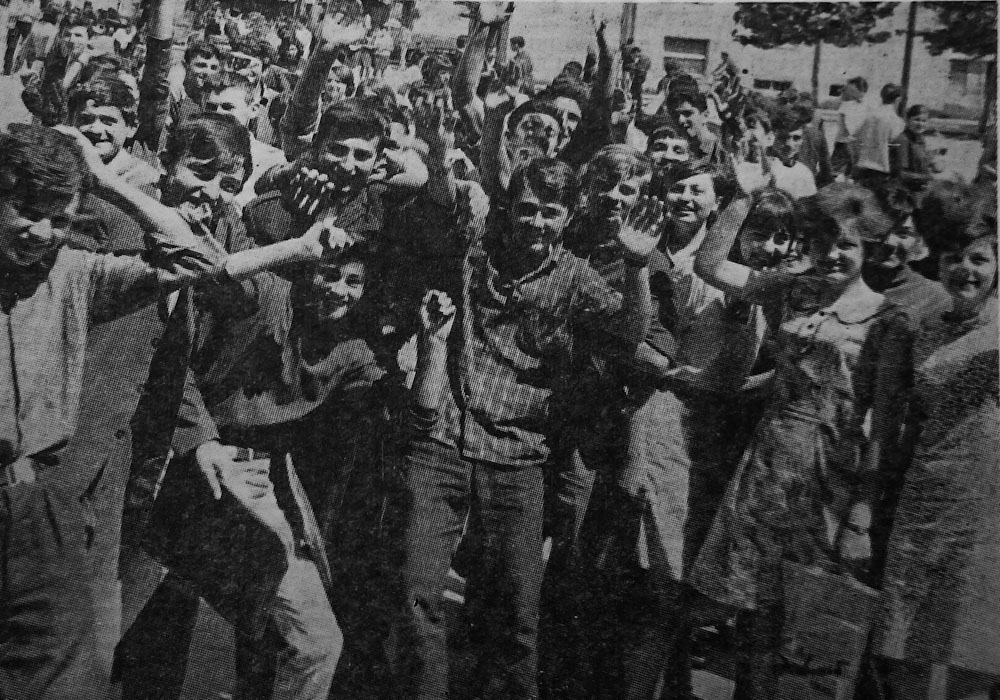


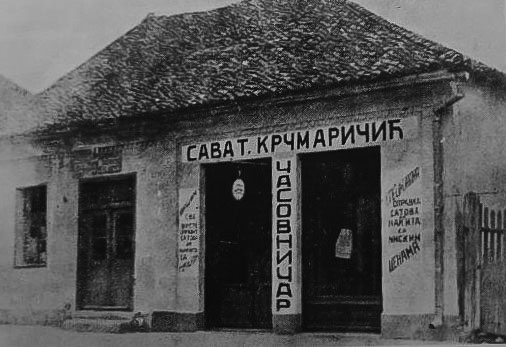
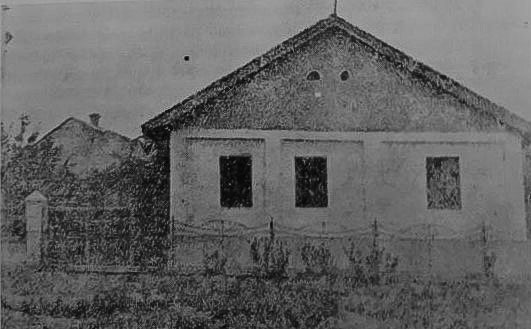
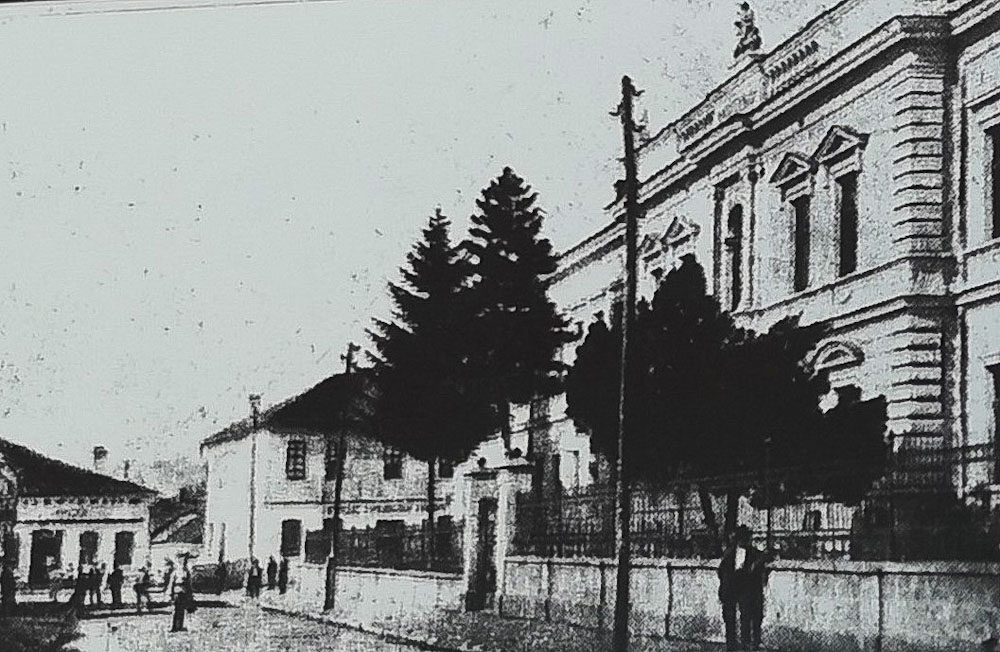
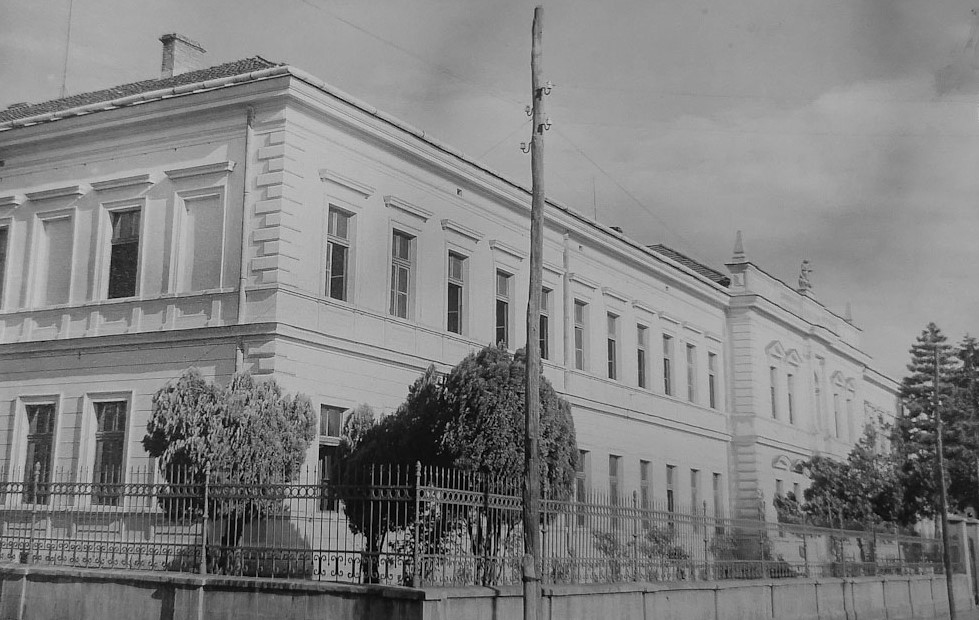
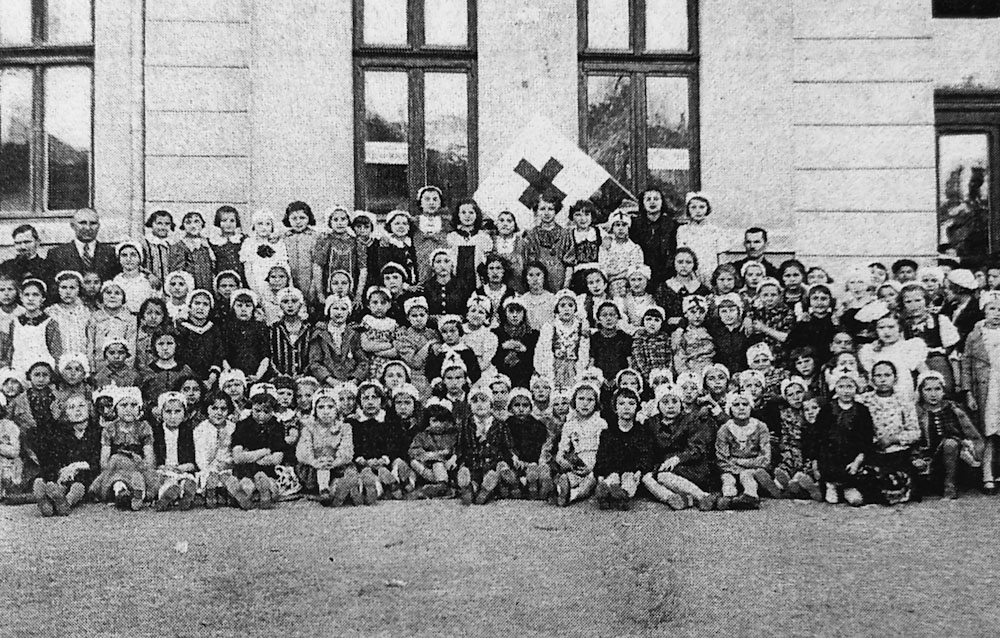
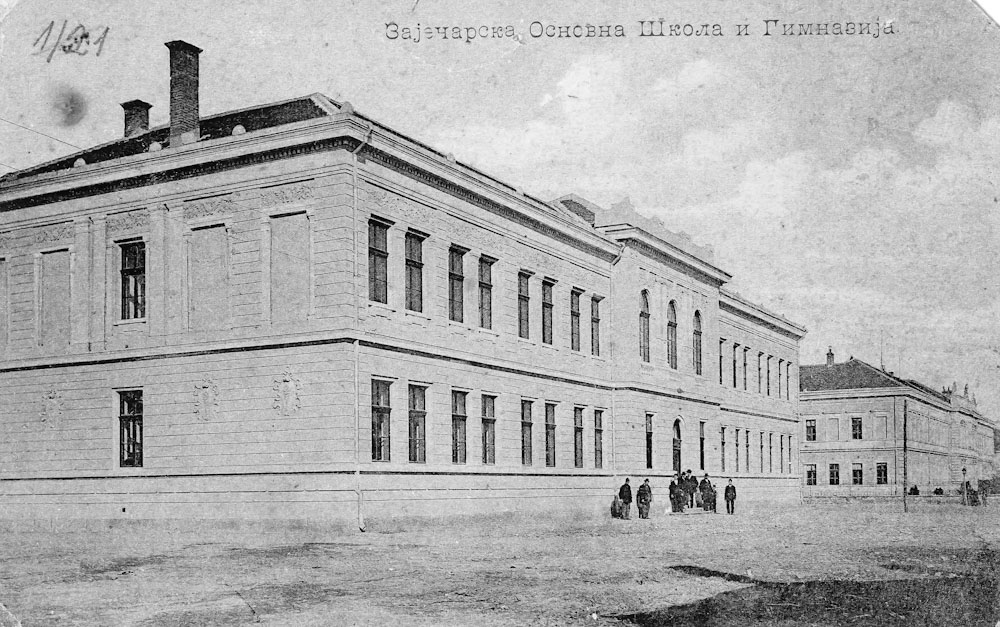
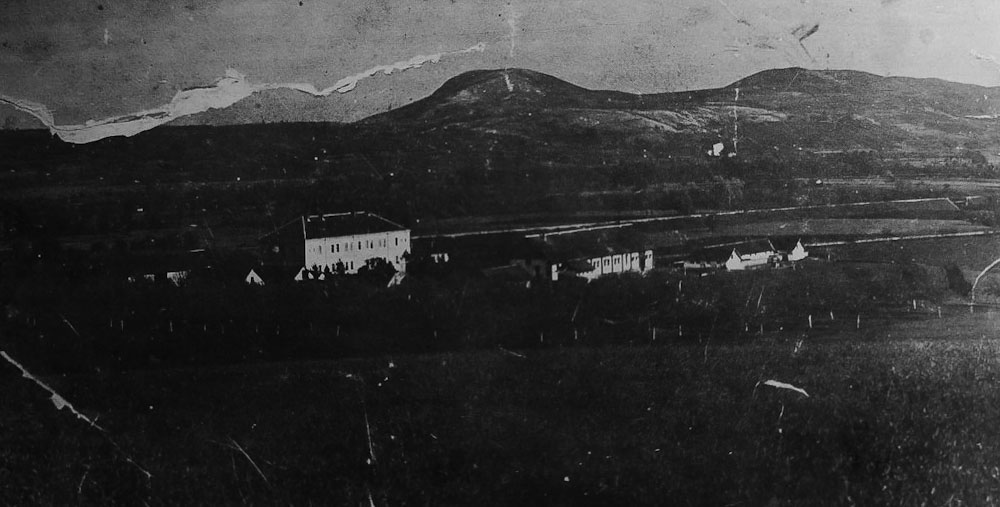
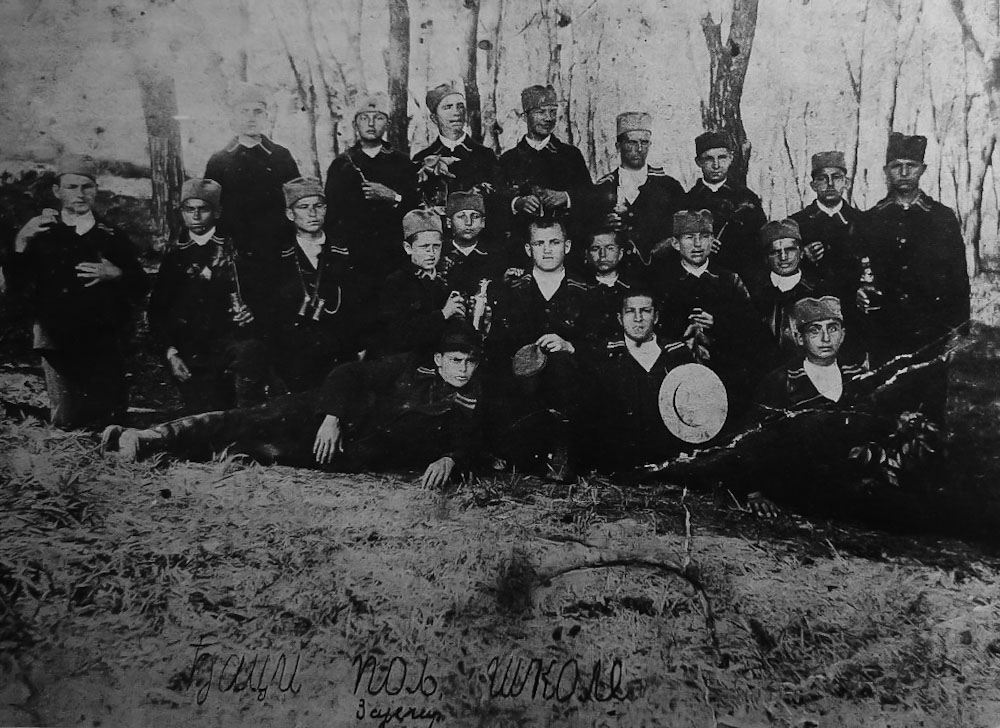
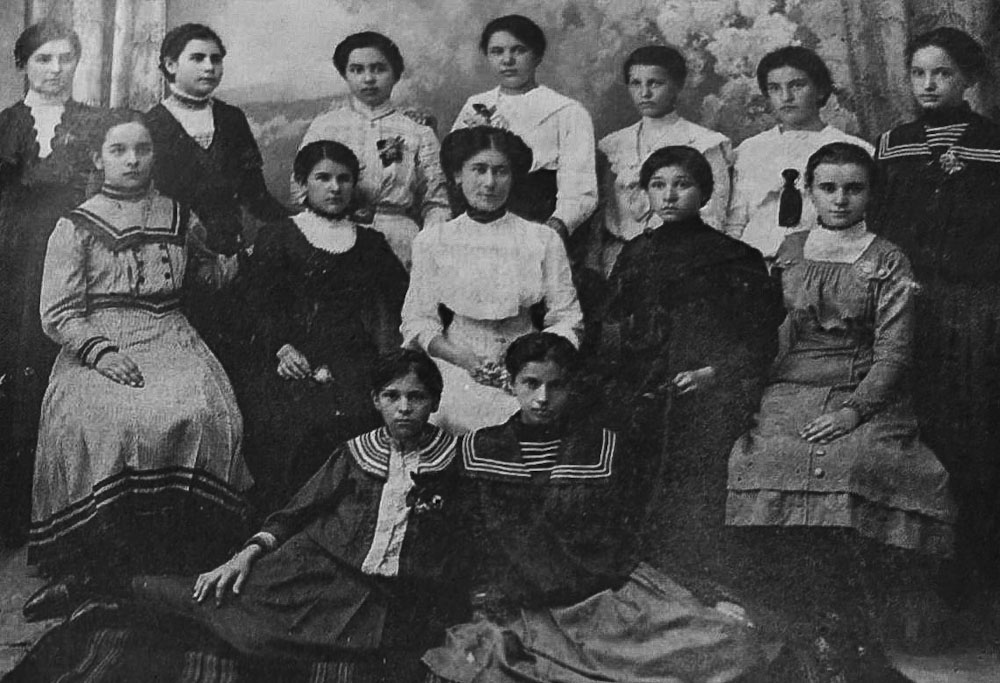
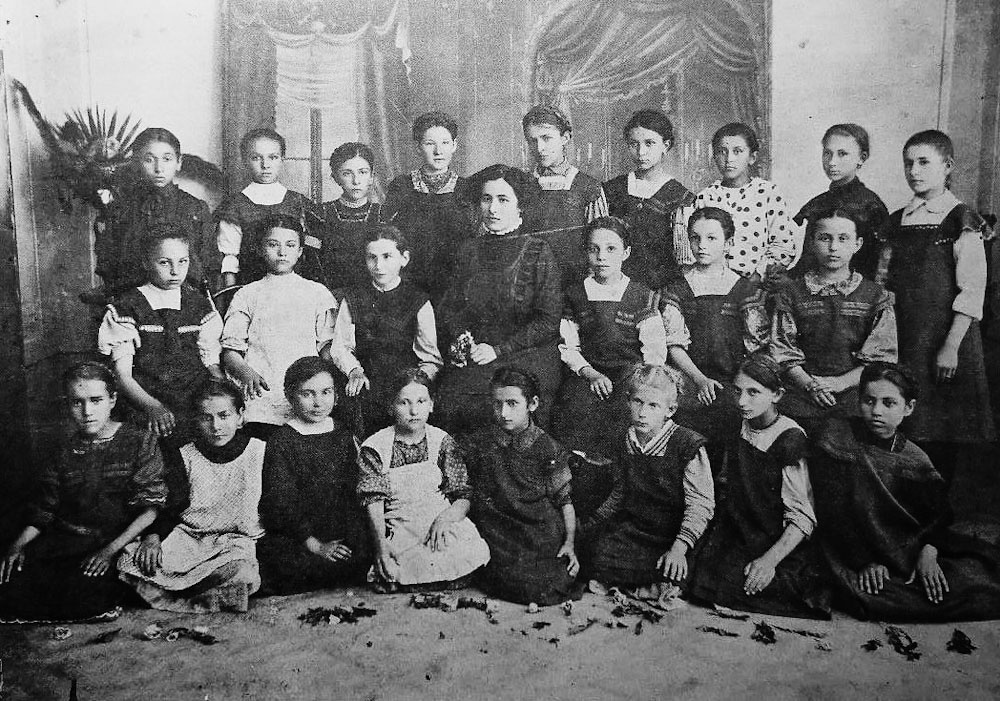
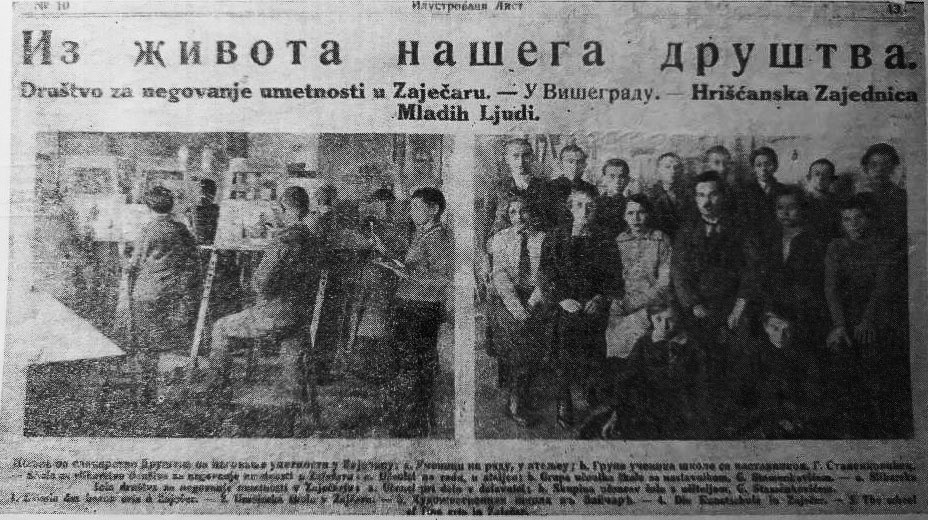
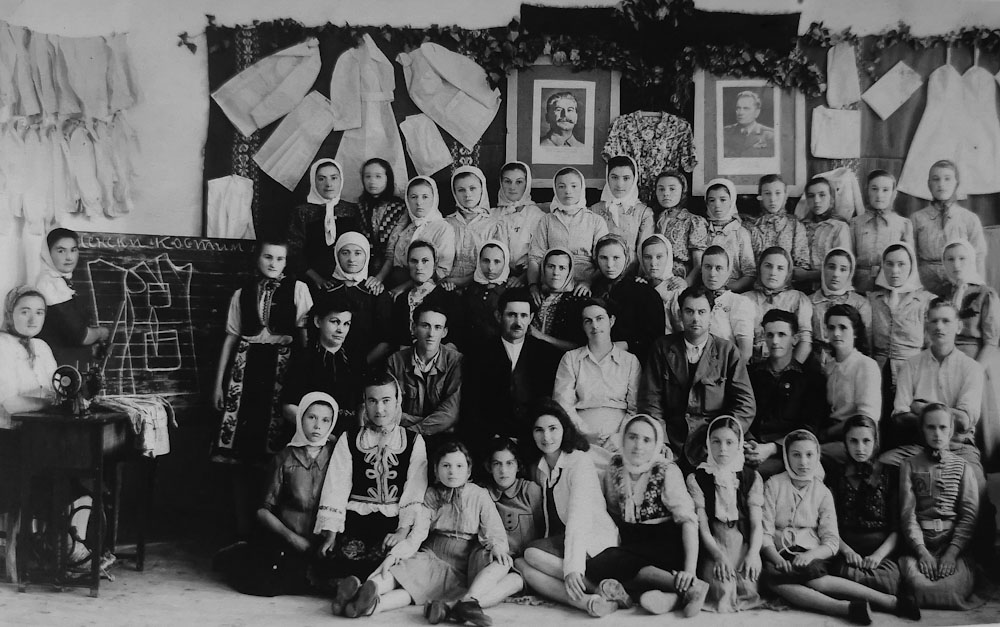
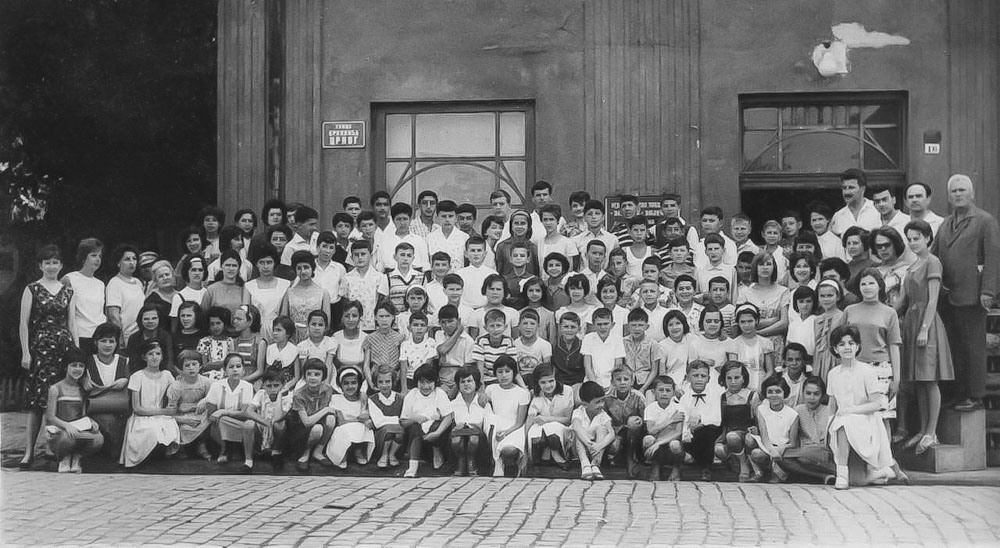
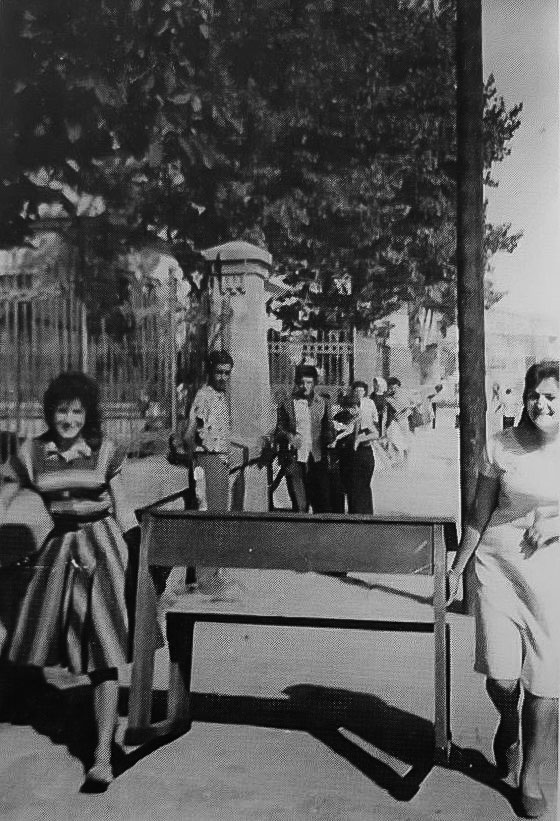
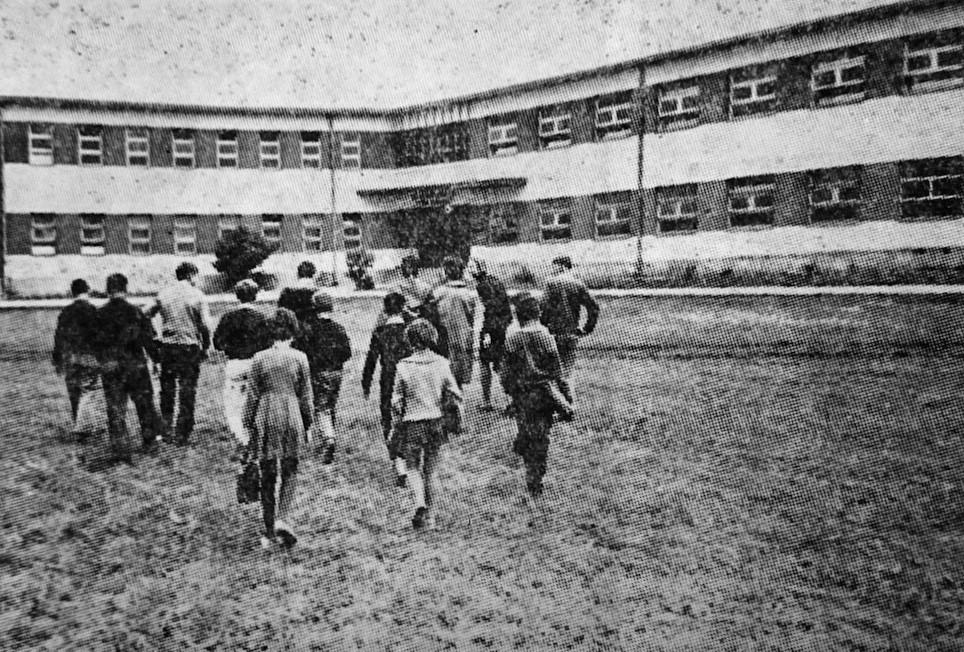
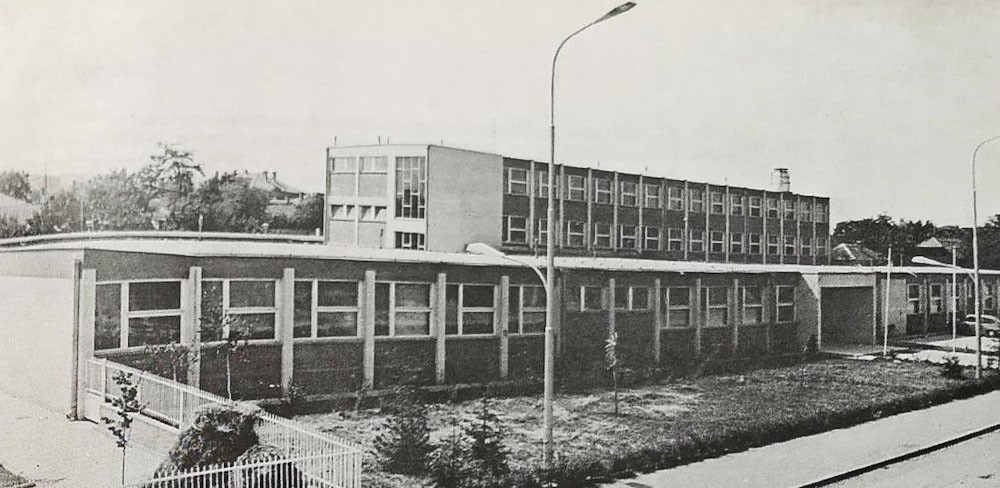

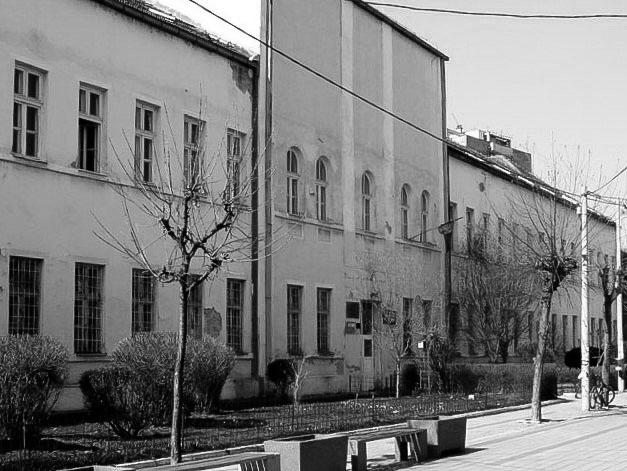
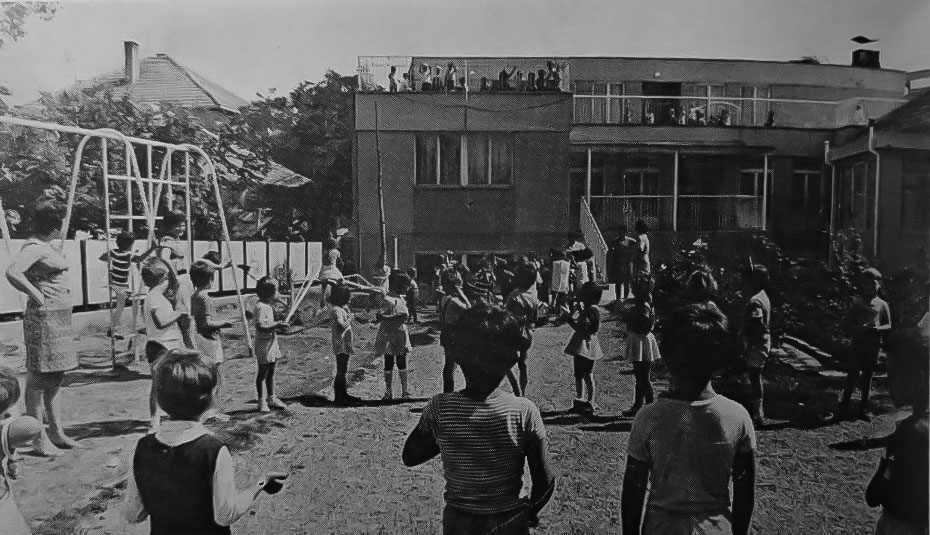
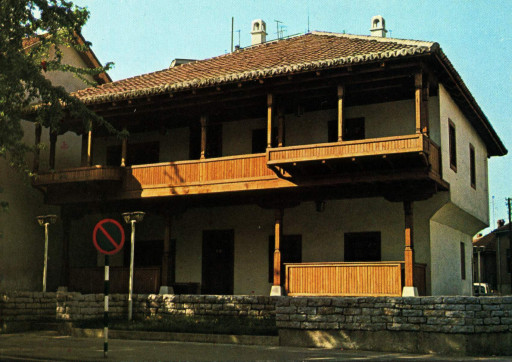
If you ever wandered which buildings in Zaječar were under state protection, this is the list for yo...